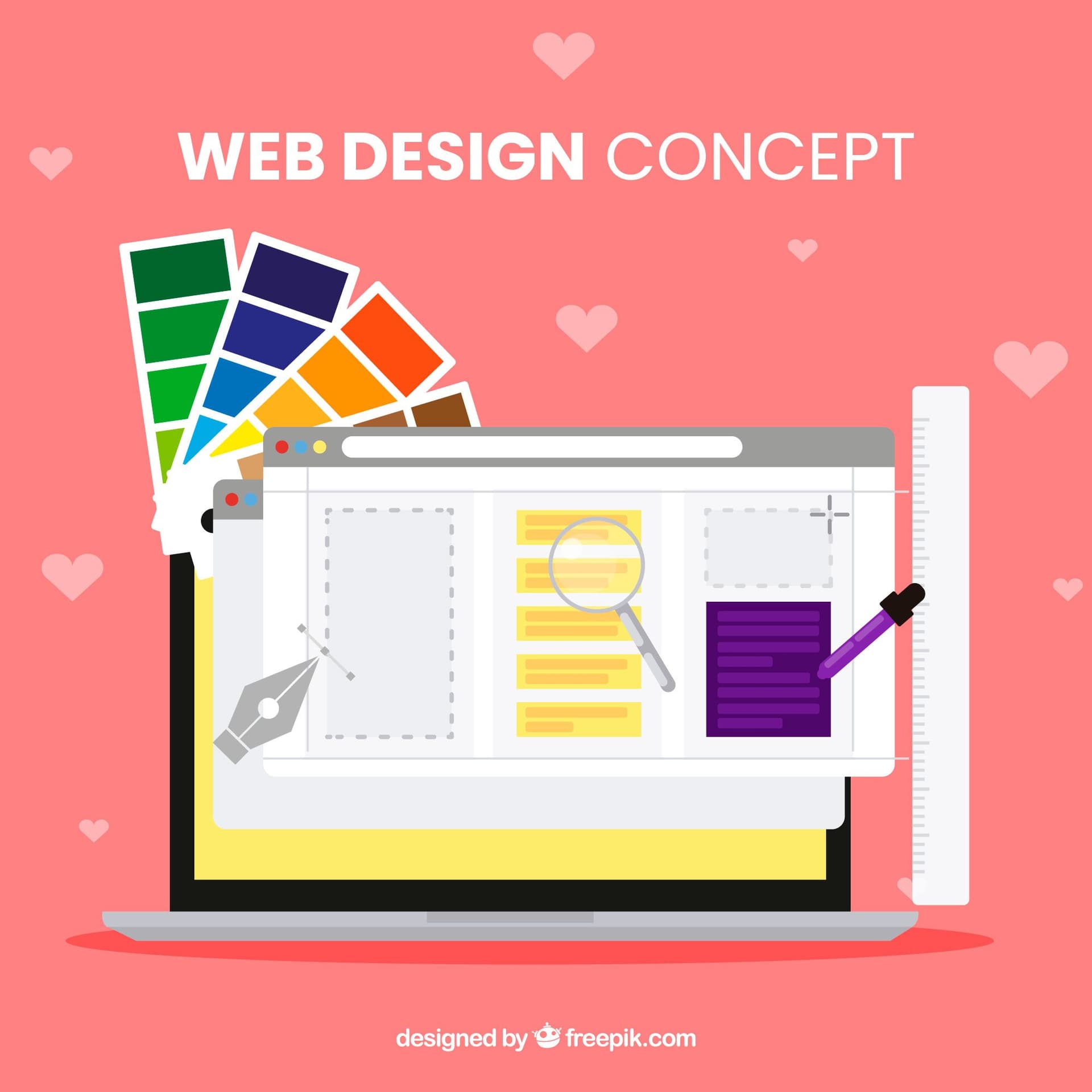May 13, 2025 at 10:52 PM
Color isn’t just decoration—it’s a communication tool. In website design, the colors you choose can influence how visitors feel, behave, and ultimately, whether they trust and buy from your brand. That’s where color psychology comes in.

By understanding the emotional impact of different colors, you can design a website that doesn’t just look good—it converts.
Studies show that up to 90% of a user’s first impressionis based on color alone. The right color palette can:
Let’s explore how to use color psychology strategically in your website design.
Here’s a quick breakdown of common color associations in Western cultures:
Pro tip:Don’t just pick your favorite color—pick what works for your brand personality and audience.
A strong website color scheme typically includes:
Keep contrast high enough for readability
Use no more than 3–4 main colors
Maintain visual consistency across pages
Color isn’t just aesthetic—it’s directional. Smart color use can lead visitors exactly where you want them to go.
Call-to-action buttonsperform best when they stand out from the rest of your color scheme. Test different hues to see which drives more clicks.
Color meanings vary across cultures and industries. What works in one market may backfire in another.
Tip:If you serve an international audience, research color associations for those regions.
Color should enhance usability—not create barriers. Design with contrast and readabilityin mind.
Ensure text contrasts well with background colors
Avoid relying solely on color to convey meaning (e.g., red for errors—add icons or labels too)
Use tools like WebAIM Color Contrast Checkerto test combinations
An accessible website benefits all users—and helps with SEO too.
Color is more than visual—it’s psychological. The right color choices can influence how users feel, navigate, and convert on your website. By using color psychology intentionally, you can build trust, create emotion, and guide action.
Need help crafting a color palette that works for your brand and your audience? Let’s talk.We design websites that aren’t just beautiful—they’re strategic.
Loading recent posts...